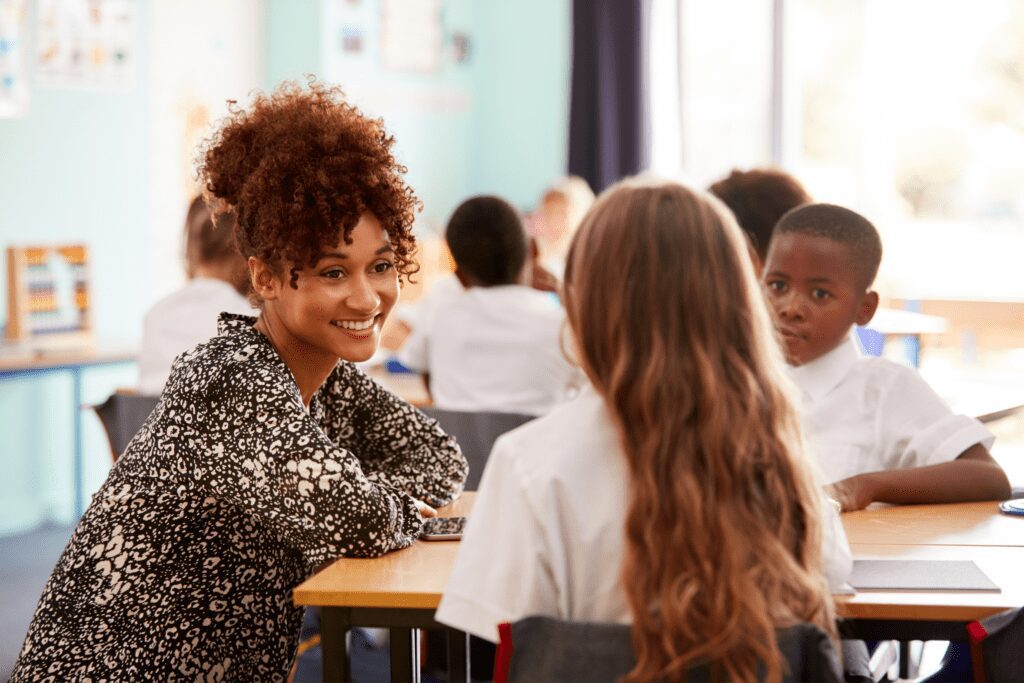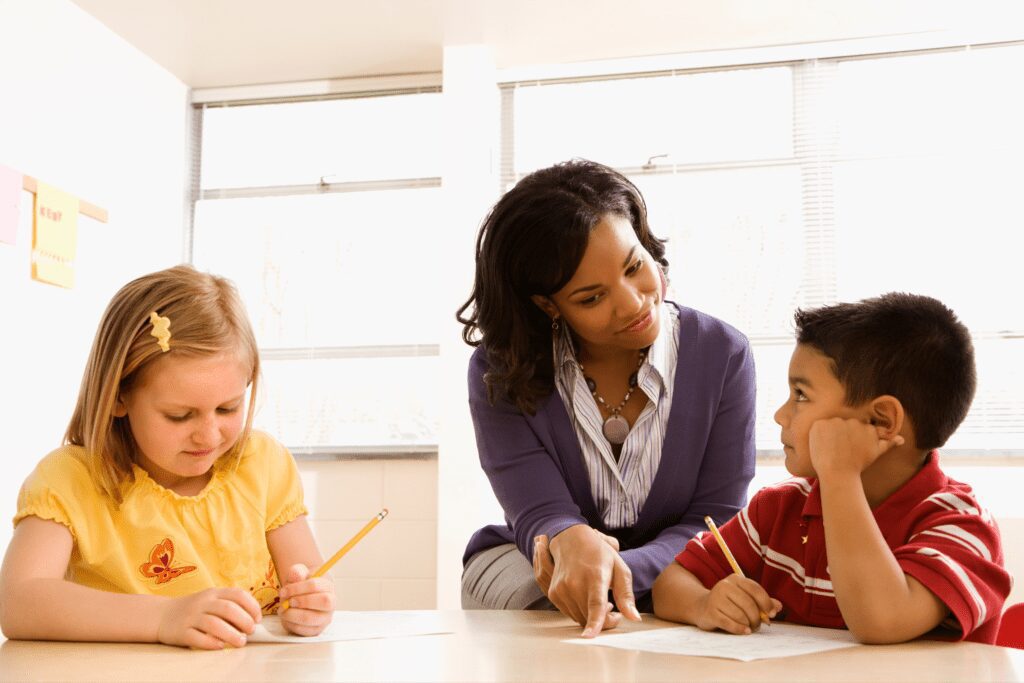How to develop unconditional positive regard for your students:
- Dislike the behaviour, not the student
- Process praise
- Finding something to praise in every student
- Consider the reason for the behaviour
I’ve discussed the importance of finding something that you like about every student before, but this goes beyond that. To properly practice unconditional positive regard, a large part of it is about forgiveness. It’s not enough to only see and point out the good things, but you need to also accept and forgive students when they make poor choices.
This can be difficult for anyone, let alone teachers. Unfortunately, we often see the worst in students, particularly if you’re a relief teacher. Consistently holding all of your students in high regard can be difficult, but there are strategies that you can try. I need to emphasise first that if you struggle with this, you are not a bad teacher. Everyone struggles with this, even more so when you aren’t being looked after yourself. It is incredibly hard, if not impossible, to hold people that bully and abuse you in high regard, and you shouldn’t have to.
Looking after teachers comes first. Whenever you get on a plane, you’re told that if something goes wrong, you need to make sure that you put on your own oxygen mask before trying to help others. It’s the same with teaching, you need to have your own well-being needs met before you can help your students with theirs, but there is only so much that you can do if you’re not being supported by your school.

Back to the point, though, here are a few strategies that can help you build a mindset of unconditional positive regard for your students. If you can build this mindset, it will have incredible benefits for you and your students.
1. Dislike the behaviour, not the student.
We’re always going to get students with behaviour problems. Students who won’t sit down, can’t keep their mouths closed when you’re talking, talk back and argue, or pick fights with the other students. One thing to keep in mind is that these students are not their behaviour.
Many teachers may disagree with me, but I think about my students as not quite people yet. They’re learning how to be people and fit into society, but they are still learning. Often, they get things wrong. This doesn’t mean that they are bad people or will never get it right; they just need to learn. One of the things that students definitely learn throughout the years that they are at school is what kind of person they are or will be. If we teach them that they are more than their poor behaviour and it doesn’t define them, they won’t believe so either. If we teach them that they are bad people because they can’t pay attention in class, they will learn that instead.
Make it clear in your own mind that while you dislike this behaviour and it cannot continue, it is just a poor choice or coping strategy from the student. They aren’t sure how to be people yet, and it is not their fault if they’re getting it wrong at this point in their lives. Just having this in your head means that it will seep through in your actions and interactions with your students. As I mentioned earlier, forgiveness is a huge part of this, specifically unconditional forgiveness, and does not need to be earned. School is the point in a person’s life where they can get second chances, and mistakes are allowed to be made as a learning opportunity.
2. Process praise.
We all know that praise works. It was the first thing that I learned when studying to be a teacher; praise, praise, praise. It boosts a student’s self-esteem, helps quickly build a relationship, and prevents future behaviour management problems. This is a bit of a twist on the idea, and it’s not about how you do it. It has much more to do with what you’re actually praising.
Traditionally, teachers will tell students that they’ve done a good job. Their narrative is spectacular, or they got top marks on the last maths quiz. Process praise is about taking the focus away from the end product and more towards how they have actually created that product. It’s not about what they have been able to do but the skills they have shown to get there.
For example, say a student has written a fantastic narrative. Instead of saying that it is really good, focus on what they have done. ‘I really like how you’ve used imagery to describe the setting here,’ or ‘this character is fascinating! It’s great how you’ve shown their development throughout the story.’ Even better yet, ‘It was great how you talked to your friends to get some ideas, but then took it in a new direction on your own’ or ‘I really liked your thinking here; this was a very creative way to solve this complication.’

When it comes to unconditional positive regard, process praise is specific and targeted. Focusing on finding a process to praise as a teacher can help you focus on the good things a student is doing rather than the end product. It is one of those things that can really shift your mindset, especially if you apply it in a social setting. This leads directly into the next point:
3. Finding something to praise in every student.
Process praise is much more specific than praising the final product, and it gives the student good feedback on what precisely made their work as good as it was. It’s also easier to find something to praise when the end product maybe isn’t so good, and you can help a student who’s a bit down about their grades feel good about the parts that they did do well. It can be as simple as praising how hard they worked in that lesson or how they were brave and asked lots of questions during the lesson when they weren’t sure. Maybe you really liked how they thought carefully about the questions they were asked before they responded. There is always something that can be praised.
4. Consider the reason for the behaviour.
Very cold wording, I know. I use this wording because I was talking about this concept with a friend who is an engineer. This is constant in her workplace and should be in the front of everyone’s mind. It’s about always looking for the root cause of the problem and tackling that, rather than trying to just address the problem itself. It’s about treating the disease, not the symptom.
Now our students who have challenging behaviours are not a disease. See every other point that I’ve made in this article so far. But always making sure that you reflect on the situation and think, “well, why are they behaving that way?”, can have a massive impact on how you feel about them. This is about the behaviour being separate from the person. Everyone behaves the way that they do for a reason. And sure, the problem may just be that they’re bored, but that’s still a reason. Can you really hate them for being bored?
As a teacher, you won’t be able to tackle the root cause of every student’s behaviour. A lot of this is down to parents or healthcare professionals. However, even just having this in your mind can do wonders for how you perceive them, which can hugely impact how they perceive themselves. You may not know the root cause of their behaviour either, but be aware of the possibilities. If you don’t know where a student is coming from or why they behave the way they do, be mindful of that. It will do wonders for your relationship with the student, their relationship with themselves, and your own well-being.




